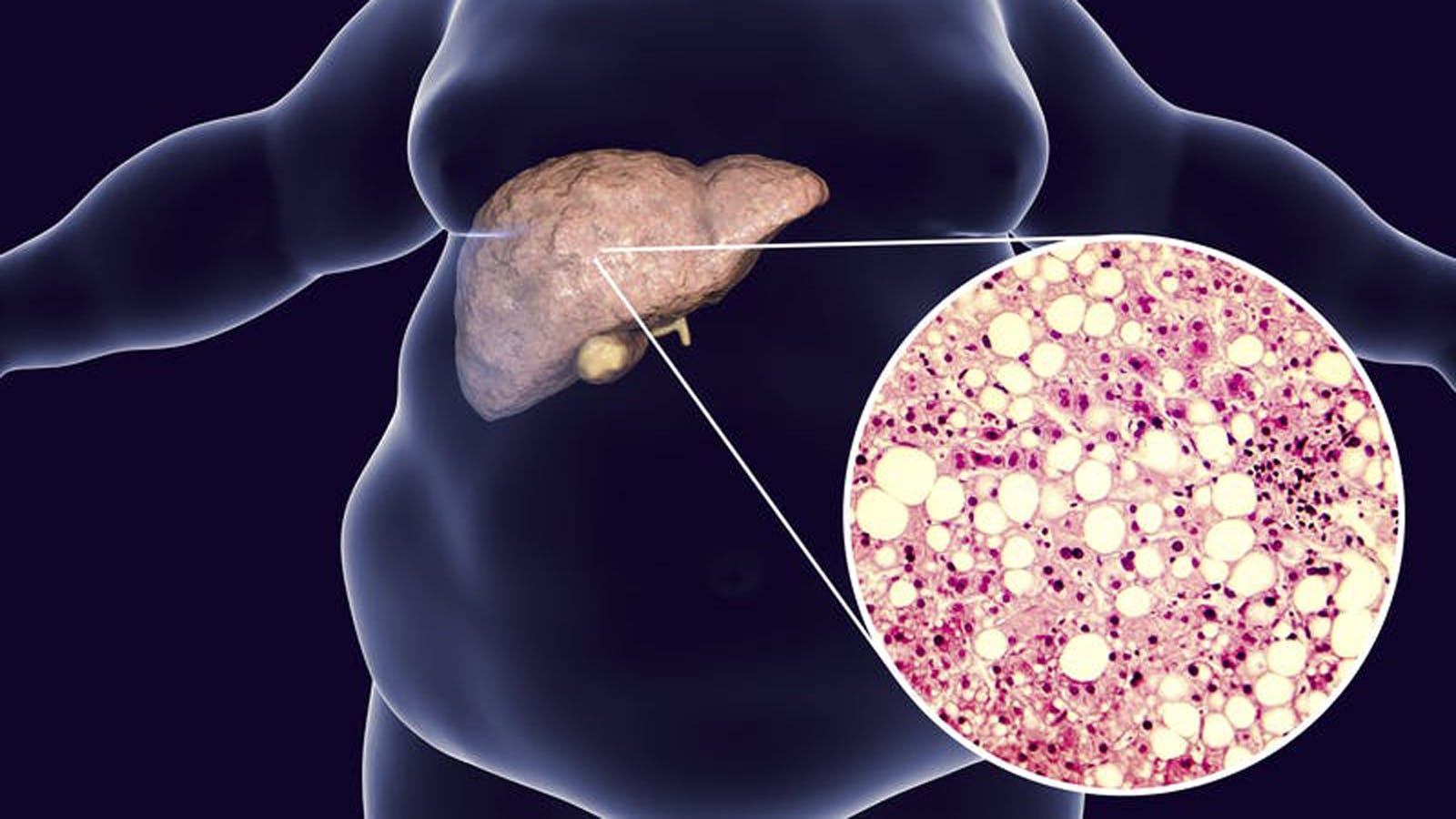January 2017
Hongtao Zhang
Chao et al. reported an improved version of the transarterial chemoembolization (TACE) procedure for large hepatocellular carcinoma (HCC), in which 5% sodium bicarbonate was infused into tumors to supplement chemotherapeutic agents. In a small randomized control trial, TACE combined with bicarbonate yielded a 100% objective response rate (ORR), a significant improvement from the 63.6% ORR in the TACE alone group (Chao et al., 2016).
This optimized procedure is termed targeting-intratumoral-lactic-acidosis TACE (TILA-TACE), as the authors expect sodium bicarbonate to interrupt lactic acidosis of tumors. Previously, in vitro studies from the same group suggested that lactic acidosis could effectively protect cancer cells against glucose starvation or deprivation (Wu et al., 2012). The phenomenon of lactic acidosis is characterized with an increase in acidity (acidosis) and a buildup of lactate (lactosis). By directly injecting sodium bicarbonate into tumors, the TILA-TACE procedure is expected not to change the lactate concentration in the tumor microenvironment, but to increase the pH to ameliorate acidosis. Thus, the procedure should be considered as an interruption for acidosis instead of lactic acidosis. However, the in vitro study suggested that acidosis alone, but not lactosis, significantly prolonged the survival time of cancer cells under glucose deprivation (Wu et al., 2012). Since the acidosis is more critical for the survival of tumor cells, it would not be a surprise to see a dramatic effect on tumor apoptosis by simply modulating the pH of the tumor microenvironment with sodium bicarbonate.
THE LIMITATION OF TILA-TACE
As pointed out by Chao and his colleagues, the TILA-TACE procedure is developed as an alternative for TACE, which is for large localized HCC, and it will not be helpful for metastasized tumors. The addition of sodium bicarbonate to the procedure has greatly improved ORR, from 44% in non-randomized trials and 66% in randomized trials to 100% (Chao et al., 2016). Historically the average ORR for TACE is 35%, and is similar to the ORR observed in the TACE control group. While the complete tumor response to TACE is expected to be less than 5%, 23%–30% were reported for TILA-TACE. When viable tumor residues (VTR) after treatments were compared, TILA-TACE was shown to further reduce the VTR by about 80% in both non-randomized and randomized trials.
Unfortunately, the enthusiasm started to fade after the overall survival data were inspected. Due to the small size of the randomized trial and the cross-over patients from TILA to TILA-TACE, no overall survival advantage was observed for the TILA-TACE treatment. However, the results from nonrandomized cohort showed a 3-year survival of 25.9% (95% CI 11.5%–43.1%) for TACE and 61.8% (95% CI 39.7%–77.8%) for TILA-TACE, indicating a survival benefit is likely achieved with the improved procedure. Considering the minimum additional cost for TACE to include bicarbonate, any survival benefit that extends the life of patients for months or even weeks should be undoubtedly appreciated. However, TILA-TACE is far from a cure for cancers.
With the 100% ORR results highlighted in many headlines, the clinical benefit of TILA-TACE was amplified by the news media. In China, there were patients’ requests to oncologists for sodium bicarbonate injections, regardless of the cancer types and stages of the patient. Unfortunately, many people exposed to the news were unaware of that patients in TILA-TACE trials also received chemotherapeutic agents. There was even a rumor that a clinical trial with bicarbonate alone would be planned to confirm the efficacy for this economic and “magic” cancer therapy. Although the longing of cancer patients for an affordable and potent cancer treatment is understandable, the high hope for bicarbonate alone as a cancer treatment is without any scientific basis. Giving it to patients as a standalone cancer treatment would be unethical, as this might only cost HCC patients their opportunity to be treated effectively as early as possible.
One question is why the 100% ORR failed to translate into a robust survival benefit? The object response in the TILA-TACE trials was calculated by the measurement of viable tumor residues at 30 days after the treatment. This is a common practice following the EASL criteria, but not an ideal prediction for the recurrence. For example, if the viable tumor residue in a patient is reduced to 10% after the treatment, it will be characterized as CR. However, the 10% of cancer cells may quickly expand within a short period time and the patient will need to have another treatment. This is similar to the situation in surgery for local lesions when margins are positive for tumor cells. In addition, cancer cells survived TILA-TACE might be more malignant and the recurrence could occur quickly.










